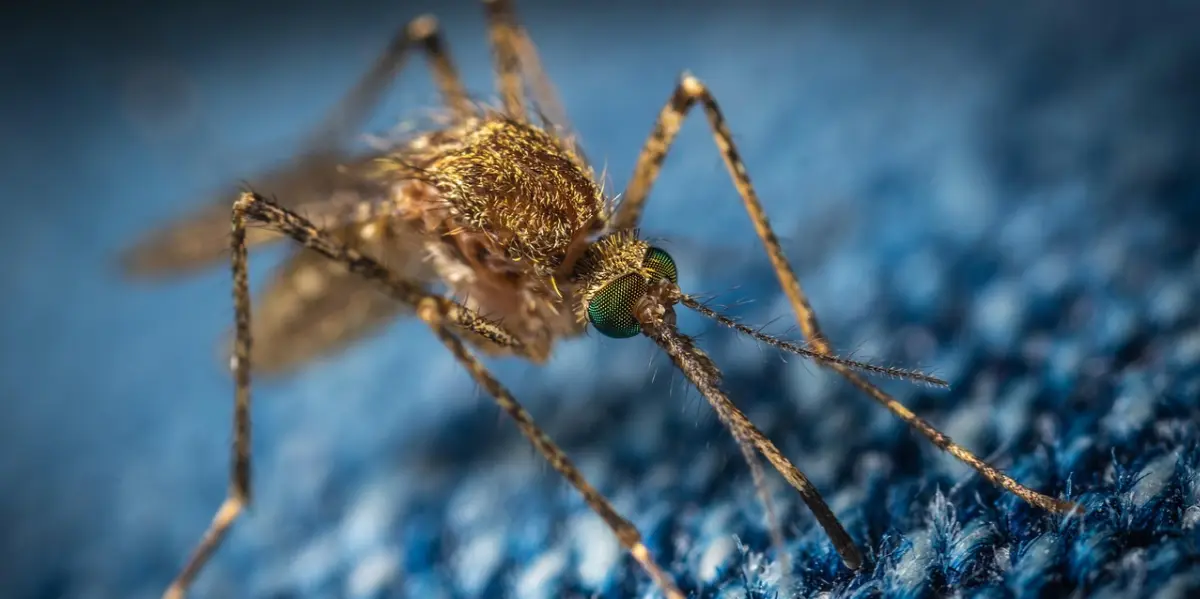Attapur and surrounding colonies near the Musi river — like Rajendranagar, Aramghar, PVNR Expressway belt, Hyderguda, and Mehdipatnam outskirts — face a common challenge every monsoon. Stagnant water pockets left after rains become ideal breeding grounds for mosquitoes.
These mosquitoes are not just a nuisance — they carry dengue and chikungunya viruses, which cause fever, severe joint pain, and sometimes life-threatening complications.

How mosquitoes spread diseases
- Stagnant water in broken pots, coolers, roadside drains, and open plots allows Aedes aegypti mosquitoes to multiply.
- These mosquitoes bite during daytime, making protection even harder.
- Once infected, they spread viruses rapidly across entire neighborhoods.

A story from my clinic
Every monsoon, patients walk into my Attapur clinic with high fever and severe joint pains.
One such patient, a middle-aged lady, had already consulted multiple doctors and tried painkillers with little relief. She had post-viral arthritis after chikungunya — pain so intense she struggled to walk or use her hands.
On careful examination, I explained that chikungunya often leaves behind lingering arthritis for weeks or months. With a short, mild course of steroids, she improved significantly and was able to return to normal activities.
This story repeats every season. Chikungunya may be painful, but it is still considered manageable compared to dengue.
Dengue — the dangerous cousin
While chikungunya causes long-lasting joint pain, dengue can be deadly.
- Dengue virus can lead to severe thrombocytopenia (low platelets).
- In some cases, it progresses to Dengue Shock Syndrome, which can be fatal.
- Early warning signs include:
- High fever
- Severe headache
- Red skin rash (measles-like)
- Bleeding gums or nose
- Sudden drop in platelet count
Early identification and hospital care save lives. Platelet monitoring and timely transfusion can prevent complications.

Key differences at a glance
| Feature | Chikungunya 🦟 | Dengue 🩸 |
|---|---|---|
| Fever | Sudden, high | Sudden, high |
| Joint pain | Severe, long-lasting | Mild–moderate |
| Rash | Common | Common, reddish “dengue rash” |
| Platelet drop | Rare | Significant, dangerous |
| Risk of death | Very low | Possible in severe cases |
Do’s & Don’ts during monsoon
✅ Do’s
- Keep your surroundings free of stagnant water.
- Use mosquito repellents, nets, and wear full-sleeved clothing.
- Check platelet counts early if fever persists beyond 2–3 days.
- Seek medical care promptly for rash, bleeding, or severe weakness.
❌ Don’ts
- Don’t ignore persistent fever and joint pains.
- Don’t self-medicate with painkillers (some can worsen bleeding in dengue).
- Don’t delay medical help — dengue can worsen rapidly.
Final thoughts
Monsoon in Musi belt areas like Attapur brings beauty but also danger. Mosquito control and early medical attention are the only ways to prevent suffering.
While chikungunya leaves behind arthritis, dengue can take lives. Recognising symptoms early, staying alert, and consulting your doctor can make all the difference.

About Dr. D. Raja Ramesh
Services
- Diabetes & thyroid care
- Hypertension & lipid management
- Fever, infections & dengue care
- Preventive health check-ups
- ECG & cardiac risk assessment
